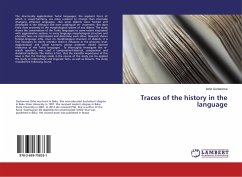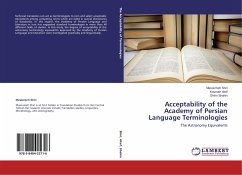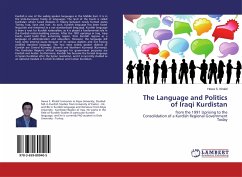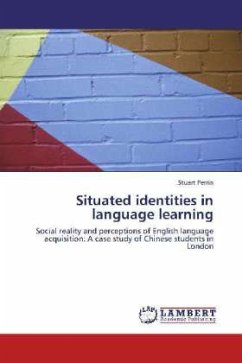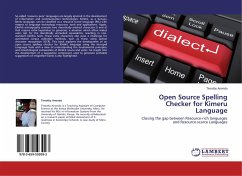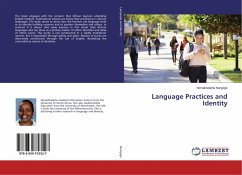The structurally agglutinative Turkic languages, the segment force of which is vowel harmony, are more resistant to change than internally changing inflected languages . But some dialects were formed and developed in the bilingual and even polylingual en- vironment. But does fairly close proximity to the morphological system of any dialect. The study shows the conservatism of the Turkic languages to some extent associated with agglutinative systems. In every language morphological structure and phonetic laws are interrelated and determine each other. Research shows foreign-language influ- ence on morphological structure of dialects, it is first necessary to clarify whether there is influence in the phonetic level. Agglutination and vowel harmony always predeter- mined internal resistance of the Turkic languages . To thoroughly investigate this re- search question, was used a comparative-historical, comparative and statistical methods. The matter is fact, that the scientific importance of this issue is that the findings made in the course of the study can be applied the study of intercultural and linguistic facts, as well as dialects. The study revealed the following found.
Bitte wählen Sie Ihr Anliegen aus.
Rechnungen
Retourenschein anfordern
Bestellstatus
Storno

